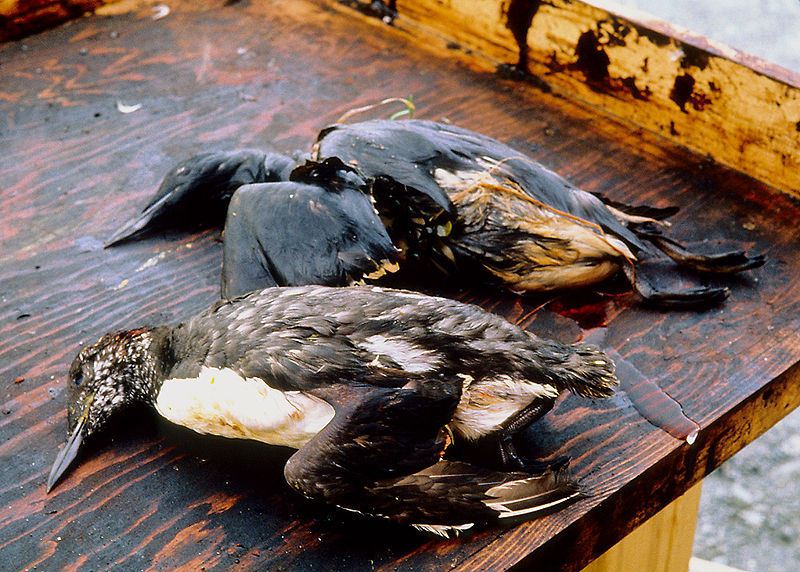AN ESTIMATED 40,000 barrels (1.7 million gallons) of oil a day may have been gushing out from the BP leased Deepwater Horizon oil rig since it blew up and sank in the Gulf of Mexico on 20 April – a doubling of earlier estimates.
This amount is equivalent to the 1989 Exxon Valdez oil tanker disaster in Alaska flowing into the Gulf of Mexico every eight to ten days.
The oil outflow is also exceeding BP’s current processing capacity of around 25,000 barrels a day, following the placing of a cap over the damaged well.
The disaster is widely blamed on the oil giant BP for a series of safety lapses, set against a backdrop of cost cutting and outsourcing measures by the world’s third richest oil giant.
Until the disaster BP had enjoyed a cosy relationship with the White House, notwithstanding a fatal accident at BP’s Texas City refinery in 2005.
Now, BP has come under a barrage of public criticism by president Barack Obama. The US Justice Department said on 9 June that it was planning to take action to force BP to withhold its next dividend payment. US politicians are demanding that BP immediately put $20 billion into a ring-fenced fund to clean up the spill.
BP is said to be trying to get the US government to ease its criticisms of the company in return for voluntarily withholding a dividend payment.
This has set alarm bells ringing on stock markets where shares in BP have slumped 40% since the disaster began. The National Association of Pension Funds estimates that UK pension funds’ exposure to BP is about 1.5% of total assets.
But Obama’s bark may prove to be fiercer than his bite since US investors (who own 39% of BP, including 25 institutional and 14 big individual investors) receive $4 billion of income a year from BP. In fact, BP is integral to the US’s energy infrastructure (BP merged with the US oil company Amoco in 1998). The company employs 29,000 workers in the US (out of a worldwide total of 80,300) and gives the federal authorities large tax cheques.
Blameworthy though BP is, Obama and other politicians are being hypocritical over criticising BP’s operational failures, as it was US regulatory agencies that routinely granted oil companies permits for risky deepwater drilling. Only one month before the Gulf disaster Obama’s administration announced the expansion of offshore drilling for oil, previously banned after the Exxon Valdez incident.
The clean-up operation has so far cost BP over £1 billion, while the bill for the Gulf clear-up, including fines and compensation, could eventually reach £22 billion.
However, as one of the richest oil companies in the world, BP made profits of £16 billion and paid dividends totalling almost £7 billion in 2009. Even after its recent share price slump, BP’s market capitalisation still stands at £73.6 billion.
Moreover, ExxonMobil only ended up paying a $507 million settlement for the 1989 Exxon Valdez disaster. In June 2008 the US Supreme Court ruled that the $2.5 billion in punitive damages awarded to 32,000 fishermen and property owners was “excessive”.
For more on Big Oil and the environment see Gulf of Mexico disaster: nationalise the oil giants








